Inside Beijing’s hidden luxury hotel where guests sleep among locals in 600-year-old Hutongs
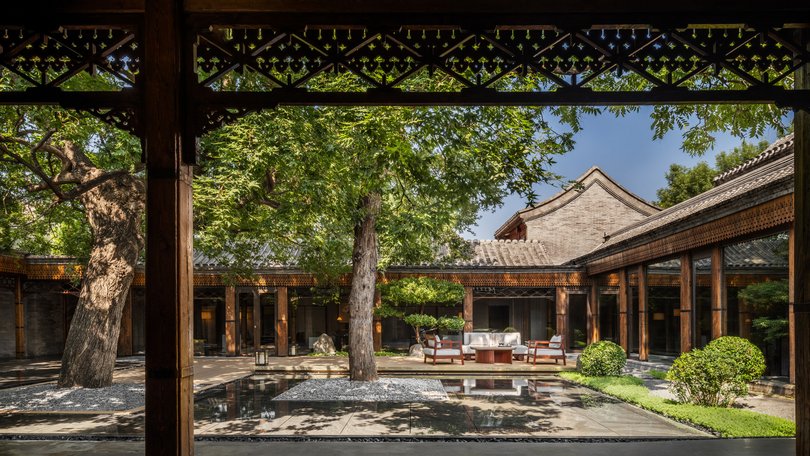
Read the latest edition of ROAM here.It’s about 8am on a mild autumn morning in Beijing.
ROAM is wandering a maze of narrow alleyways, known as hutongs, in the 600-year-old Caochang district, watching locals doing local things.
People ride pastel-coloured bikes piled with shopping bags. Two women shout instructions to a bloke clearing leaves off a roof. Sunlight splashes trellises laden with gourds and grapevines as speckled kittens play hide and seek between pot plants. It’s a sunny vignette of daily Beijing life.
And it’s not part of an organised “check out this authentic Chinese neighbourhood!” walking tour. No, ROAM has simply stepped outside our private suite at the recently opened Mandarin Oriental Qianmen.
ROAM. Landing in your inbox weekly.
A digital-first travel magazine. Premium itineraries and adventures, practical information and exclusive offers for the discerning traveller.
By continuing you agree to our Terms and Privacy Policy.This new outpost of the esteemed Hong Kong-based luxury brand is truly unique — not held within a 60-storey high-rise or a stylishly converted palace. Instead, each of the 42 suites are standalone, gated courtyard residence (siheyuan) scattered throughout the neighbourhood.
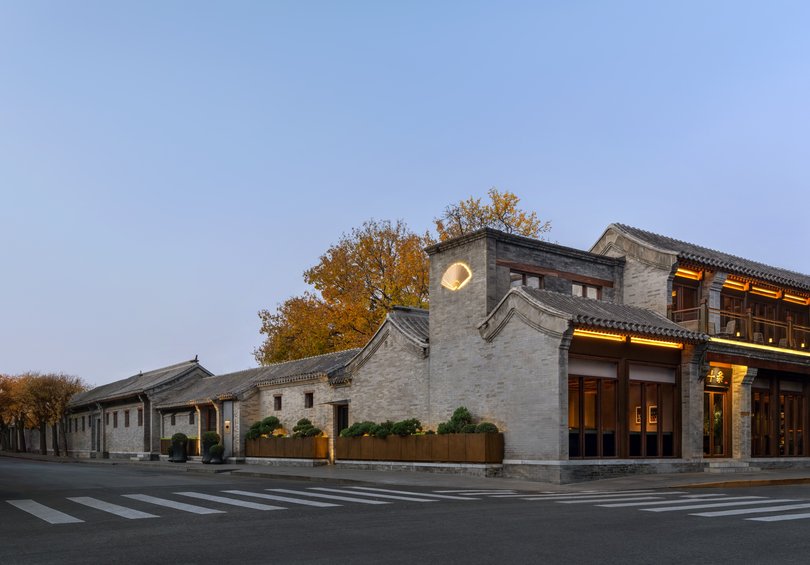
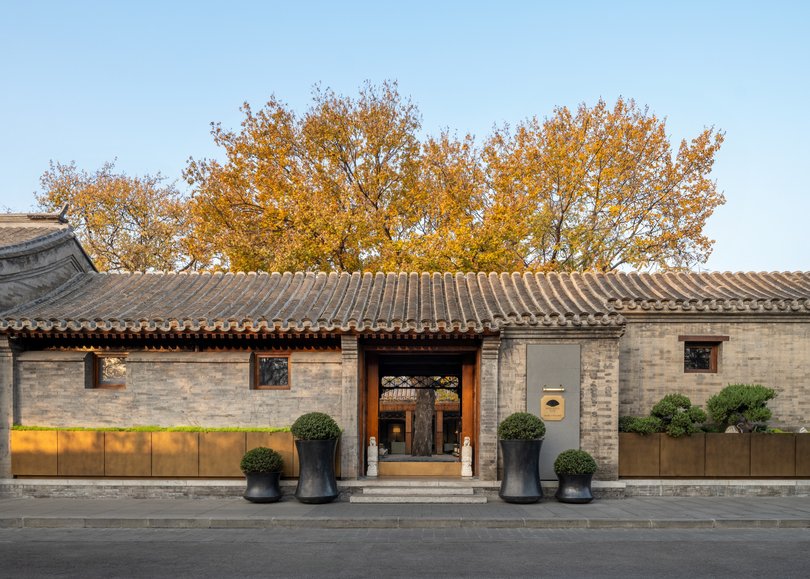
The people sleeping on the other side of your room aren’t likely to be other guests but regular Beijingers.
It’s a genius idea. After all, a wealth of tourism research has found that travellers — particularly those on the luxury end of the scale and who are marble bathroom’d and caviar’d out — are clambering for immersion in a chosen destination.
This concept already has a name in Italy — alberghi diffusi, or “scattered hotels” — where guests stay in rooms or houses dispersed across villages. You can also find versions in Japan, Germany, Switzerland, and elsewhere.
But the Qianmen offer is on a big-brand, luxury scale. “It’s a really new idea, not just in Beijing but worldwide,” Mandarin Oriental Qianmen general manager Andy Guan tells ROAM.
Of course, there are questions. Arriving at the hotel’s reception area — which sits inside its own separate pitched-roof building anchored by a serene maple tree and towering Chinese toon tree, both more than 100 years old — is a little disorientating. How do you actually get to your suite? Do you need a map?
There’s no real need for concern. The suite is a two-minute stroll (at most), and Beijing is known for being one of world’s safest cities for tourists. And should you want one, the hotel has a fleet of stout yellow buggies ready to ferry guests door to door.
And what about the locals’ reactions to their elegant new neighbours? Are they OK with random foreigners wandering their streets, attempting to blend in? Was anyone evicted to develop this distinct concept?
“People didn’t really know what a hotel was, and they definitely didn’t know what Mandarin Oriental was,” offers a staff member. “We gave a presentation and expressed what we are doing.”
Many locals are allegedly appreciative of the tone the hotel has brought to the neighbourhood. And the property assures that any problems are quickly addressed.
The courtyard houses, we’re told, were empty before the hotel took over. And from what we can tell, the relatively low guest numbers mean the interlopers don’t disrupt the day-to-day flow and goings-on — beyond, that is, our occasional absent-minded meanderings into the path of oncoming scooters.
The suites — each fashioned inside existing residences once occupied by government officials, opera singers and other high-level dignitaries — have been carefully designed to preserve as much of the original architecture as possible.
ROAM’s lodging — held in Caochang Qitao Alley, or Alley 7 for ease — is a generous three-sided residence with a fluttering sycamore tree in the central courtyard and an exclusive tearoom forming the fourth side to the square.
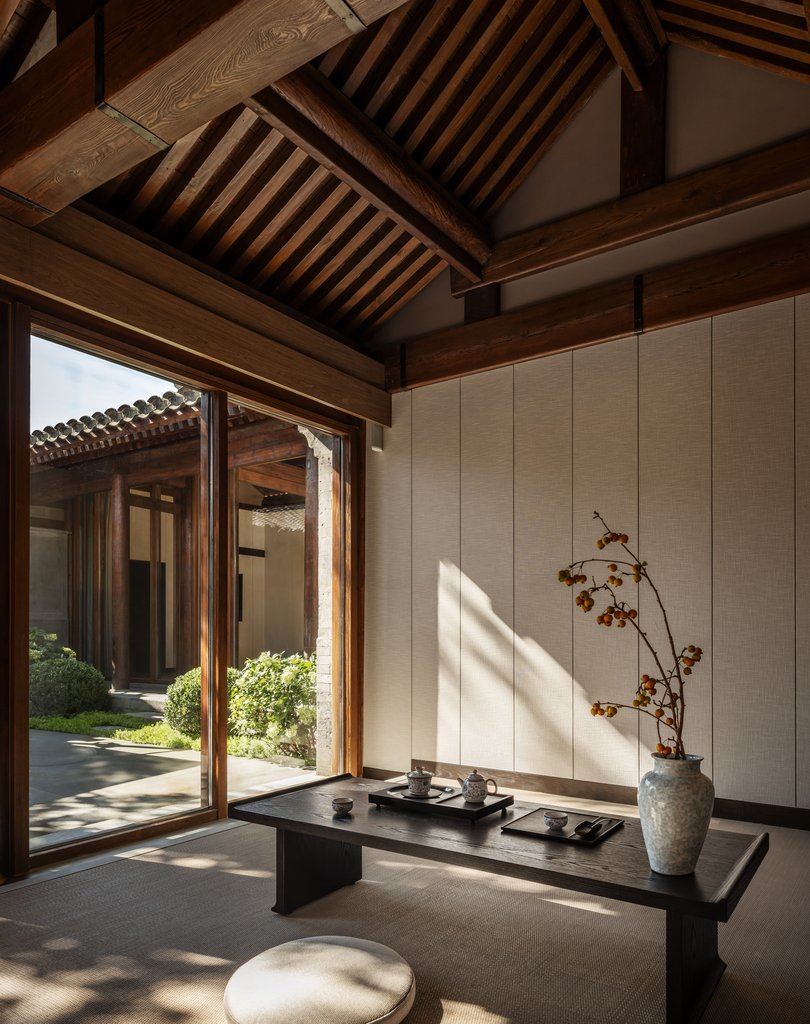
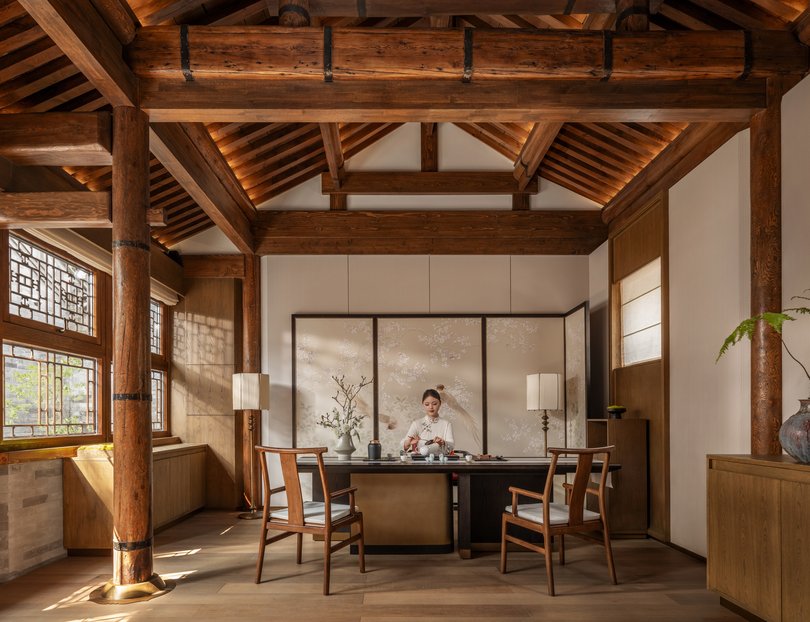
The bedroom, dining and sitting areas have thick wooden beams crisscrossing the ceiling, with genteel wood, brass and marble furnishings. Our butler, Luke, leaves small gifts each morning and evening — an intricate paper fan, a little glass cloche of aiwowo, glutinous rice sweets.
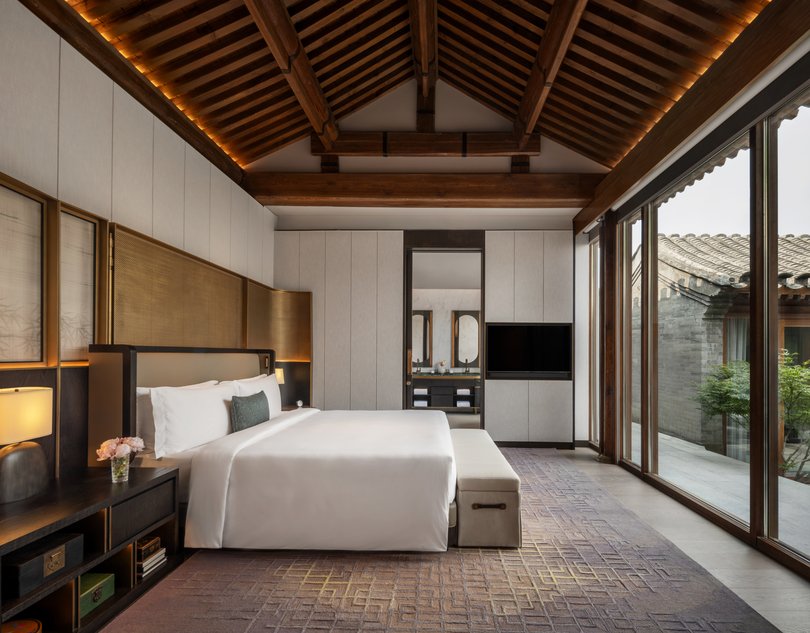
In the main building, there’s an opulent spa and a lively bar serving extravagant cocktails while in the adjacent alleyways sit two restaurants: the Italian VicinI and the traditional Cantonese Yan Garden, a wonderful place to feast on carp congee and roasted suckling pig with eight-treasure rice.
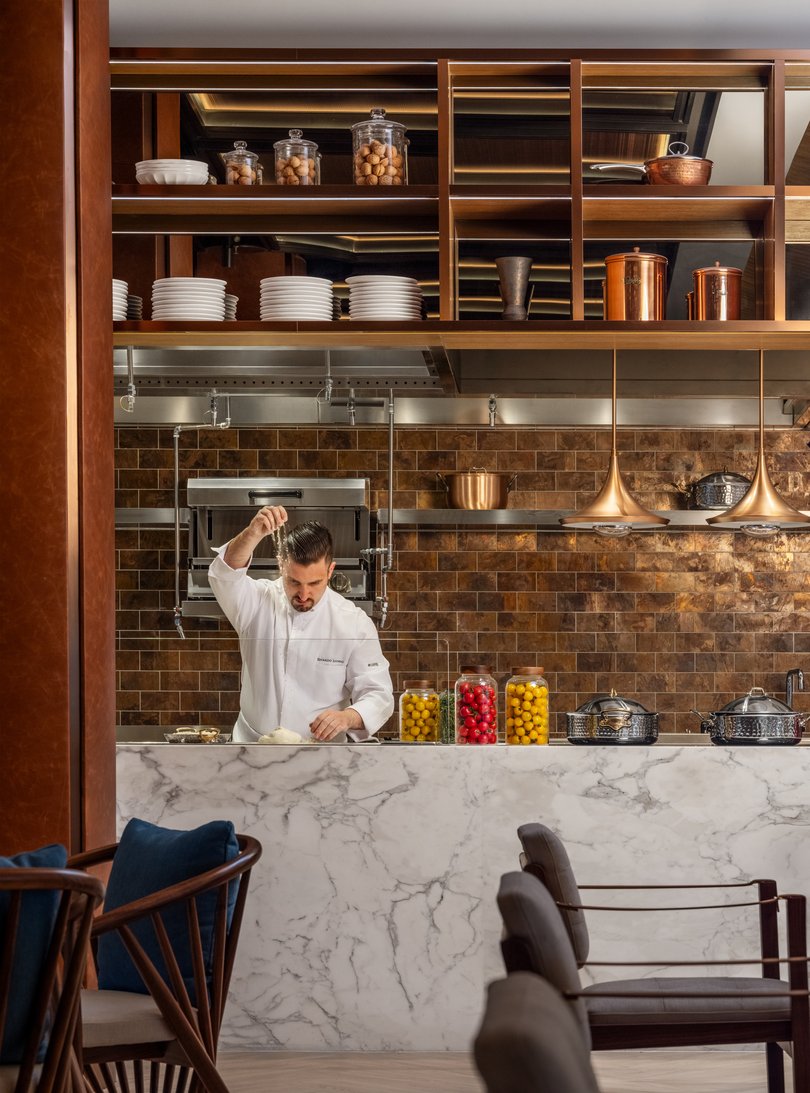
Mandarin Oriental has done a beautiful job of blending obvious luxurious touchpoints with the much subtler luxury of genuine immersion. And while we won’t pretend to have been embraced as a true local, by the end of our stay we were on first names with Xiao Hei, the little black dog who liked to snooze under the chairs of the local cafe.
We also knew exactly when Madam Xiang would fire up her jianbing crepe shop each morning. And we became better at dodging those scooters.
mandarinoriental.com
Mandarin Oriental Qianmen
No.1, 10 Caochang Alley, Dongcheng, Beijing, China
Price: Deluxe Courtyard from approx. $2740
The Insider
If you can drag yourself away from the charm of the hutongs, the hotel is an easy stroll from some of the city’s biggest tourist attractions including Tiananmen Square, the Forbidden City, and the Temple of Heaven. Nearby Sanlihe Park presents like an ancient Chinese painting — all weeping willows, canals and swans — and is worthy of some time.
